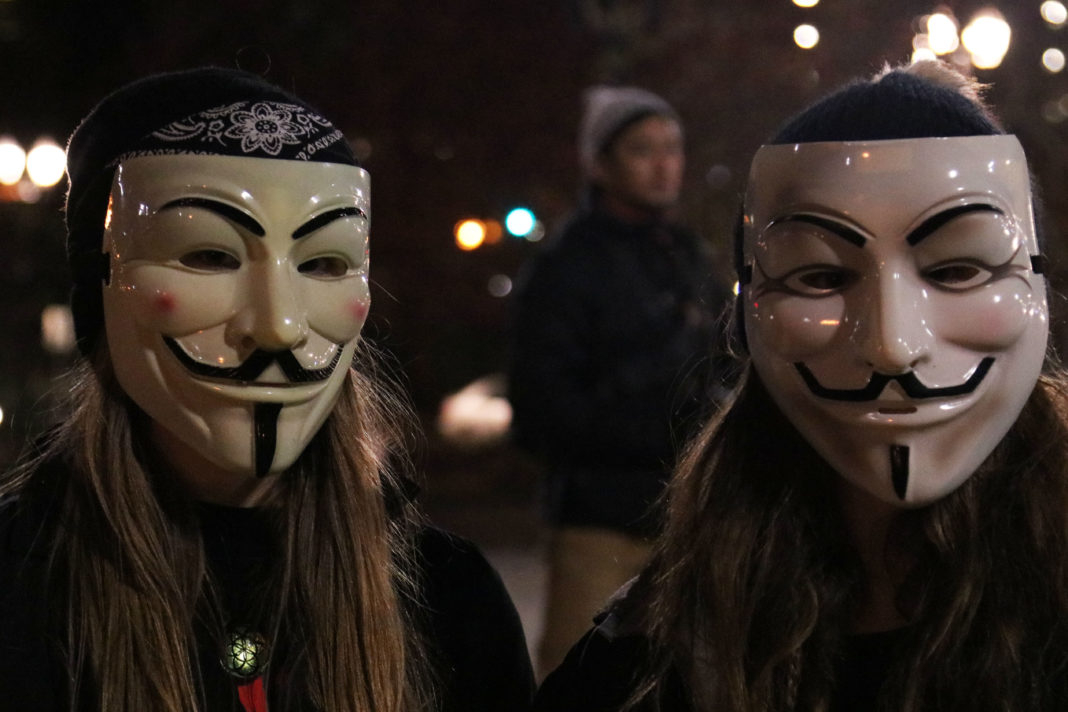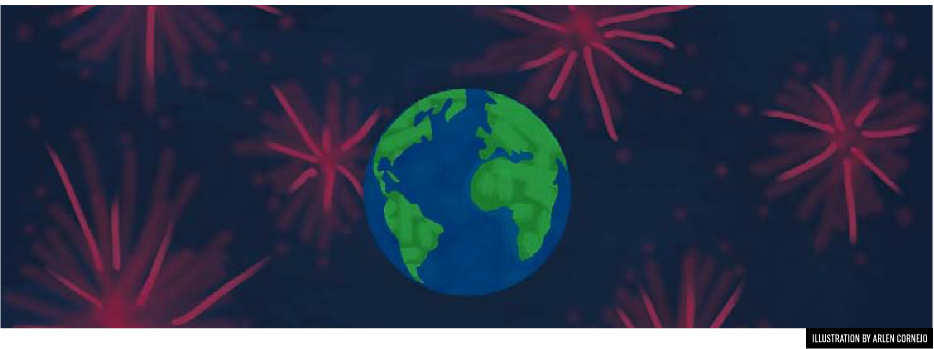A song borne of sadness and hate
“Strange Fruit”
with “The Legend of Teddy Edwards”
Sun. 4 p.m.
Thurs. Jan. 17 7p.m.
Guild Theatre
Southwest Park and Taylor
$6.50 general
$5.50 students w/ID
“Strange Fruit” (2001), showing as part of the Northwest Film Center’s Reel Music Film Festival, traces the history behind and subsequent legacy of the song made famous by Billie Holiday.
Director Joel Katz examines the post Reconstruction-era South’s lynching culture. Archival photographs of horrific lynching scenes – some attended by hundreds of white onlookers – are extremely powerful and show the need for the song, and now the movie, to be made.
The writer of “Stange Fruit,” a Jewish high school teacher from the Bronx named Abel Meeropol, was active in the New York Teacher’s Union. The Union leaned towards communism during the poverty-stricken 1930s, and saw the culture of lynching as complicit with the rise of fascism and Nazism on the other side of the Atlantic.
Holiday was 19 when she made her legendary recording of “Strange Fruit,” which her record label, Columbia, refused to publish. She ended up finding Milt Gable, who immediately saw the song’s importance and released it on his Commodore Records label.
A history lesson, as well as a close look at a haunting and beautiful dirge, “Strange Fruit” the movie provides a glimpse into what it took to make a record that the American public needed to hear. Featuring interviews with Gable, poets Amiri and Amina Bakari, folk singer Pete Seger and more, it is a powerful document.
“Strange Fruit” plays with “The Legend of Teddy Edwards” (2000). Directed by Don McGynn, “The Legend” covers the tenor player’s life. It goes from his groundbreaking bebop work in the ’40s and ’50s through his years of drug addiction to his resurgence on the Los Angeles jazz scene of today.



